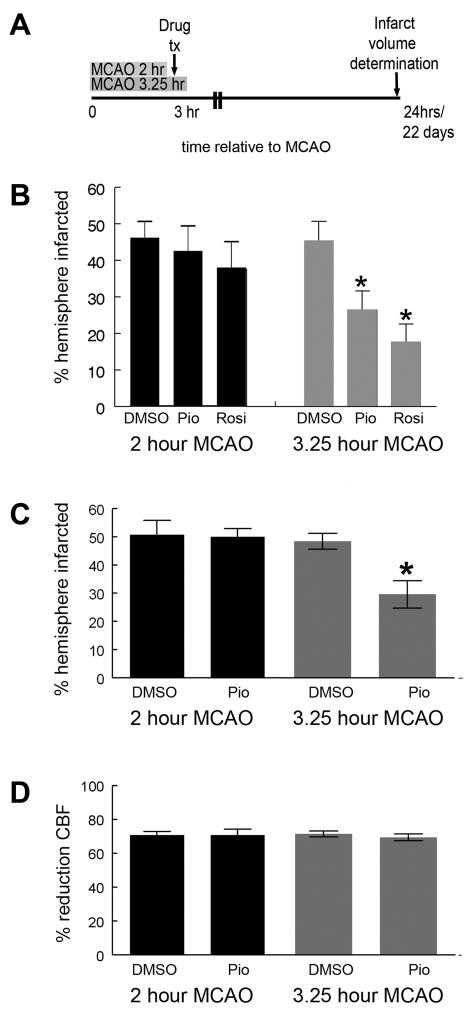Figure 4. Time window of TZD protection is increased if given before reperfusion, despite a longer duration of ischemia.
Rats underwent MCAO and were injected with DMSO, rosiglitazone (0.1mg/kg) or pioglitazone (1mg/kg) dissolved in DMSO three hours later. Rats were reperfused either two hours after MCAO/one hour before drug treatment or 3.25 hours after MCAO/15 minutes after TZD treatment (A). When assayed 24 hours after MCAO, rats reperfused before TZD treatment (2hr pio/rosi) had infarction volumes that were similar to DMSO injected rats (2hr or 3.25hr DMSO), however, rats reperfused after TZD treatment (3.25hr pio/rosi) had significantly smaller infarction volumes compared to either rats receiving DMSO or rats that received before reperfusion (2hr pio/rosi) [B; Mann Whitney U; p<0.05; n=4 (2hr DMSO); n=6 (2 hr pio); n=7 (2hr rosi), n=7 (3.25hr DMSO); n=7 (3.25hr pio); n=3 (3.25hr rosi)]. Infarction volume was also assayed 22 days after MCAO in separate animals injected with either DMSO or pioglitazone (1mg/kg). Rats reperfused before pioglitazone treatment (2hr pio) had similar infarction volumes to DMSO treated rats (2hr or 3.25hr DMSO), while rats reperfused after pioglitazone treatment (3.25hr pio) had significantly smaller infarction volumes compared to rats receiving DMSO (2hr or 3.25hr DMSO) or pioglitazone before reperfusion (2hr pio) (C; Mann Whitney U; p<0.05; n=10 (2hr DMSO); n=9 (2hr pio); n=13 (3.25hr DMSO); n=11 (3.25hr pio)]. There was no difference in cerebral blood flow reduction in any of the experimental groups (D; Mann Whitney U; p>0.50; n=10 (2hr DMSO); n=9 (2hr pio); n=13 (3.25hr DMSO); n=11 (3.25 hr pio). Bars represent S.E.M.

